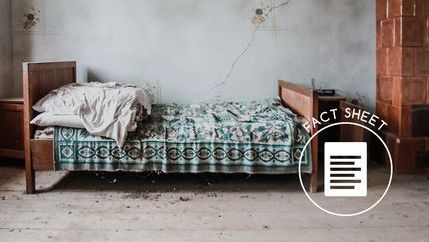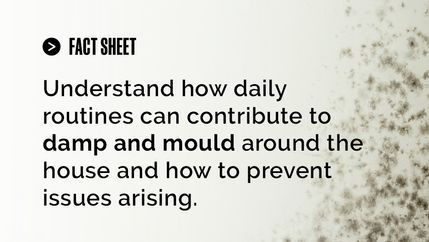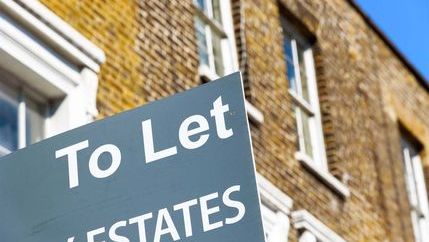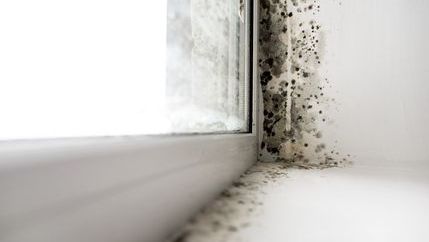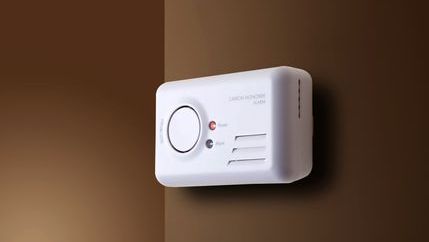
What could a revised DHS look like?
Proposals to update the Standard focus on extending it beyond the social housing sector to cover privately rented homes for the first time, as part of the Renters’ Rights Bill. The aim is to ensure every tenant has a home that is safe, warm, and decent.
The consultation seeks views on updating the standard across several areas, including:
- Disrepair and building components – redefining what constitutes disrepair and classifying “key” components such as kitchens, bathrooms, heating, and electrics.
- Facilities and services – setting expectations for layout, space, and shared facilities.
- Safety measures – proposals for window restrictors, home security, and floor coverings.
- Thermal comfort and damp – strengthening requirements for heating, energy efficiency, and preventing damp and mould.
- Application to leasehold and temporary accommodation – clarifying responsibilities in complex ownership situations.
Focus on condition, not age
We support removing arbitrary age limits—such as requiring kitchens to be replaced after 20 years—as these rules drive up costs for landlords, agents, and tenants without necessarily improving quality. Instead, standards should be based on the actual condition and safety of fixtures and fittings.
The only exception should be where manufacturers specify a clear lifespan, for example, with boilers or other appliances. In those cases, replacement within the recommended timeframe is sensible.
Feedback from our members also shows that vintage features are often valued by tenants. Retaining these not only preserves character but also enhances choice in the rental market.
Clearer guidance and fair enforcement of disrepair
We welcome more detailed definitions of disrepair, but clear and practical guidance is vital to ensure consistency across local authorities. Without this, enforcement could become a postcode lottery.
Guidance must avoid vague terms such as “unfit for human habitation” and instead provide a shared understanding of what acceptable conditions look like. This should be developed in partnership with property agents, qualified surveyors and housing professionals, with enough flexibility to adapt as building standards and materials evolve.
In the early stages of implementation, landlords and letting agents will require access to advisory services and technical support to ensure compliance. Where landlords have already invested significantly in components to meet other legal standards, such as the Minimum Energy Efficiency Standards, financial assistance must be available if further upgrades are necessary.
Early enforcement should focus on education and support rather than sanctions. This will give landlords and agents the tools and clarity they need to meet the new standards.
Key components and safety
Reducing the number of components that must fail before a building element is in disrepair is something Propertymark supports. We believe this could help ensure repairs are carried out sooner, improving living conditions for tenants.
To support this, the term “major repair” must be clearly defined, with guidance that is precise and consistent. This will give professional agents the confidence to assess property condition accurately, and ensure landlords face fair and workable obligations.
This is especially important for older properties where certain components naturally require more maintenance. Applying a rigid standard could lead to disproportionate costs, particularly where the issue is cosmetic and does not affect safety or comfort, such as individual cracked tiles or scuffed kitchen units. The DHS must take account of property age and character, rather than impose a one-size-fits-all approach.
In this context, a “building element” means one of the main parts of a property that is essential for it to be safe and functional. Examples include the roof, walls, windows, doors, floors, staircases, heating systems, electrics, kitchens, and bathrooms. Propertymark would like to see balustrades, handrails and stair treads added to this list, as evidence shows falls on stairs and steps are a leading cause of accidents and injuries.
Damp and mould
The focus must be on serious hazards that affect health and safety, not cosmetic issues or problems caused by tenant behaviour. We have cautioned the UK Government against setting thresholds that could capture minor or low-risk cases.
Our members highlighted that in many situations, ventilation and heating used by tenants play a major role in the development of damp and mould. Guidance must be clear where landlords are responsible, and where tenants need to take action to manage their home appropriately. Without this balance, landlords will risk being unfairly penalised for factors beyond their control.
Local authorities require clear guidance on what defines damp and mould that needs intervention; otherwise, inconsistency will occur across the country. Enforcement officers should be trained to distinguish between structural causes, such as leaks or insulation failures, and tenant lifestyle factors, like drying clothes indoors without ventilation.
Thermal comfort
The DHS must recognise the link between heating, insulation, and ventilation in maintaining a healthy home and ensure that thermal comfort measures, such as effective heating systems and adequate insulation, work hand in hand with guidance on managing damp and mould and existing energy efficiency standards, so that improvements to insulation or heating systems support both affordability and healthier living conditions.
By approaching thermal comfort and damp prevention together, the Standard can deliver better outcomes for tenants while avoiding duplication or confusion for landlords and agents.
Facilities, services, and affordability
The consultation lays out a requirement for landlords to provide three out of four listed facilities:
- A kitchen with adequate space and layout
- An appropriately located bathroom and WC
- Adequate external noise insulation
- Adequate size and layout of common entrance areas for blocks of flats
We strongly oppose this proposal because it fails to reflect the wide variety of property types in the private rented sector.
Noise insulation is often beyond the reasonable control of landlords and agents—particularly for homes near busy roads, airports, nightlife, or other external noise sources.
Flats and shared buildings pose additional challenges, as landlords may need the cooperation of freeholders or management companies to make improvements in common areas.
Retrofitting or structural changes, such as enlarging a kitchen or installing new insulation, can be technically complex and financially unviable, especially in older buildings or properties with shared walls.
To prevent otherwise decent homes from being unfairly classed as non-compliant, the Standard must focus on safety, functionality, and the overall tenant experience, rather than imposing arbitrary requirements that are impractical to achieve.
Local authority licensing and enforcement capacity
Our members urgently need clarity on how the DHS will interact with local authority licensing conditions. We have already seen examples of local authority selective and additional licensing schemes requiring properties to meet Minimum Energy Efficiency Standards (MEES) before the legal obligation kicks in in 2030, which places unfair burdens on local housing providers.
Because the new requirements will be alongside the Renters’ Rights Bill and energy efficiency rules, these will place local authority enforcement teams under even greater pressure, and we, therefore, advocate for ring-fenced funding for enforcement officers and a commitment to consistent national guidance.


